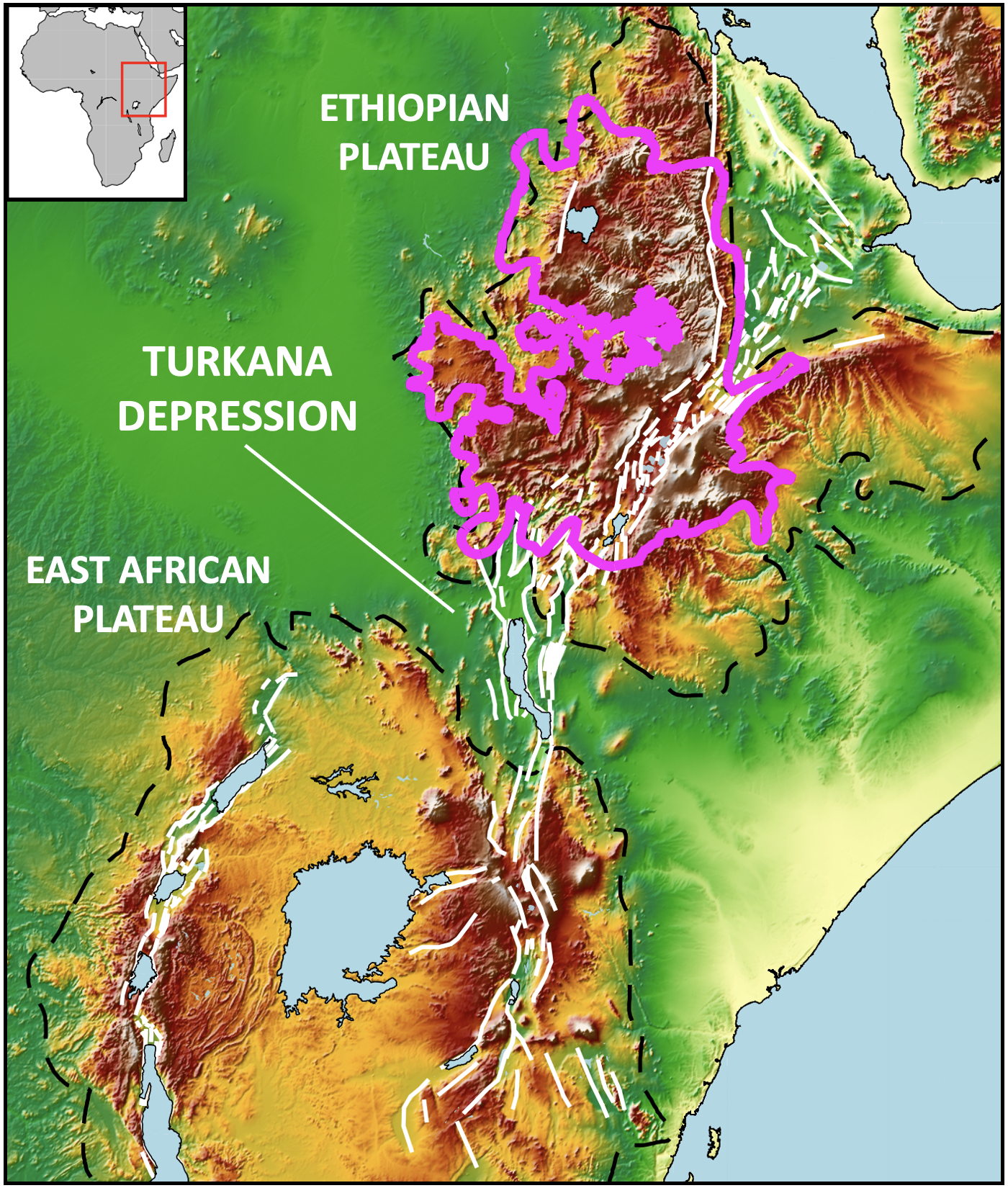
The Development of Rifting and Hotspot Tectonism
Precisely how continental plates rift apart to form new oceans is debated because there are few places on Earth where this process is currently active. One such region is the 3000 km-long East African Rift, where narrow rift valleys cut through the uplifted Ethiopian and Kenyan Plateaus – the highest topographical points on the African continent. This project focuses on an intriguing and largely unexplored segment of the rift – the Turkana Depression. This region stands out in East Africa due to its unusual breadth, low elevation, and unique history as the host of a previous failed rift system through which the East African Rift subsequently developed. The Turkana Rift Investigating Lithospheric Structure (TRAILS) project was set-up to investigate the crustal and mantle seismic structure in the Depression.
Read More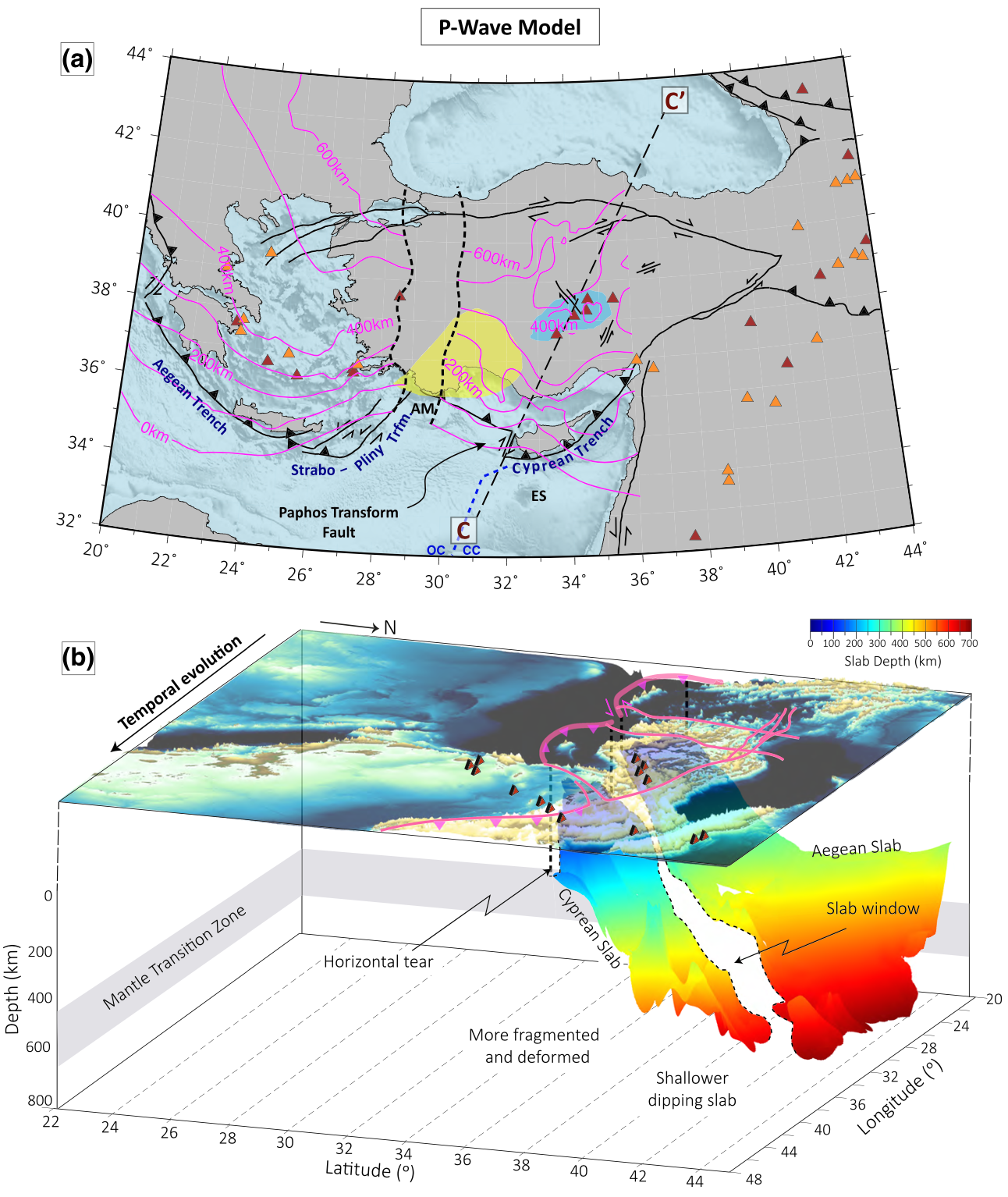
Terminal-Stage Subduction Processes
After protracted subduction, slabs ultimately detach and sink into the deep mantle, however the exact processes at play are debated. The Eastern Mediterranean is a unique natural laboratory for terminal subduction processes because it captures the transition from subduction of Earth's oldest oceanic lithosphere in the west (below the Aegean), to collision-dominated convergence in the east (below eastern Anatolia). Using the seismograms of distant earthquakes, we tomographically image mantle structure across the eastern Mediterranean, illuminating an increasingly fragmenting slab and delaimated lithosphere from the overriding plate. Asthenospheric flow through slab gaps and a thinned Anatolian lithosphere both contribute to volcanism and and uplift across the entire region.
Read More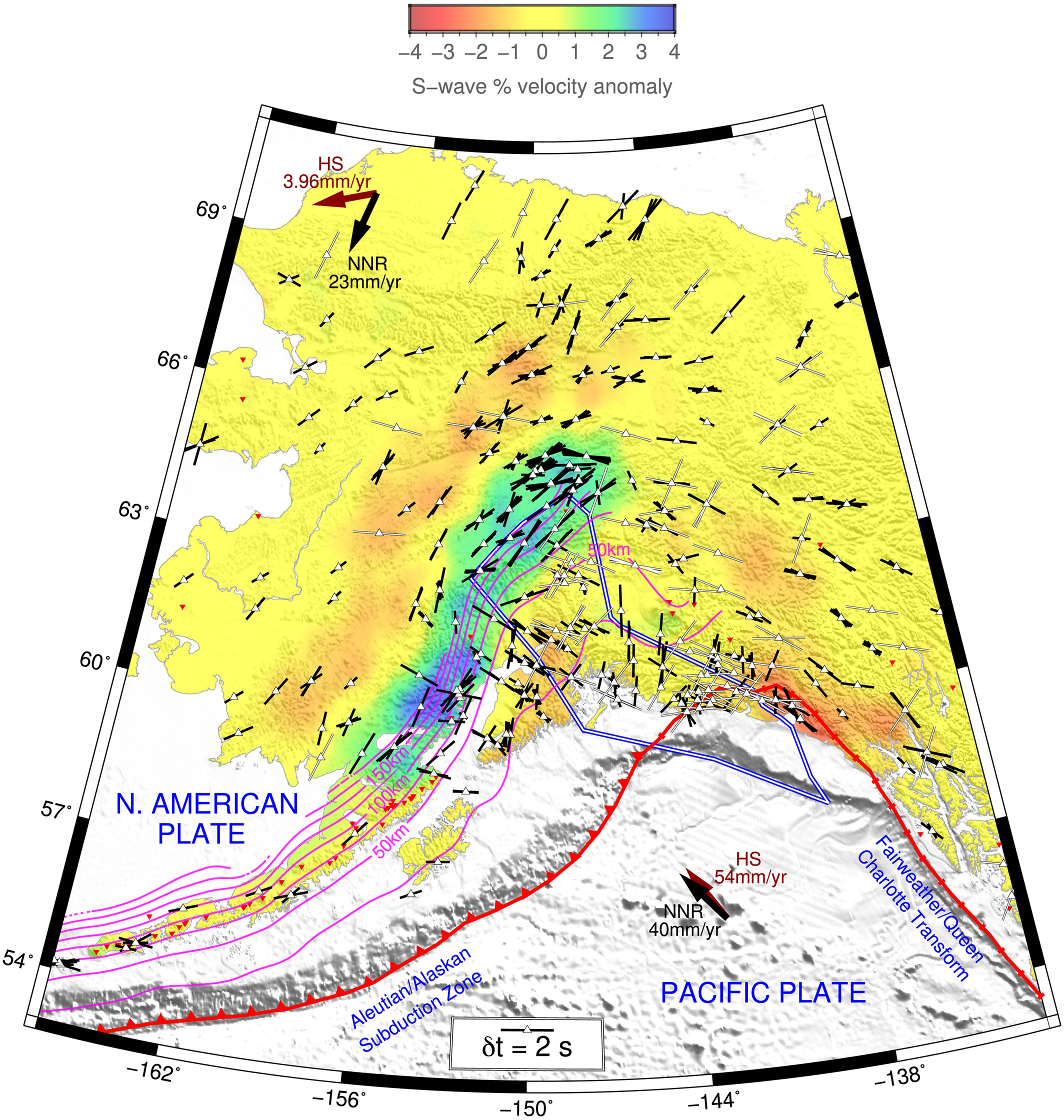
Mantle Flow at Subduction Zones
Shear-wave splitting measurements of seismic anisotropy at seismograph stations provide valuable insights into dominant lithospheric fabrics and asthenospheric flow beneath a region. Applying this technique to the Alaskan Subduction Margin, we find that variations in slab geometry control the azimuth and strength of the anisotropy, suggesting slab geometry plays a primary role in controlling mantle flow. Near the slab edge, highly variable anisotropic fast directions also strongly indicate the presence of torroidal flow.
Read More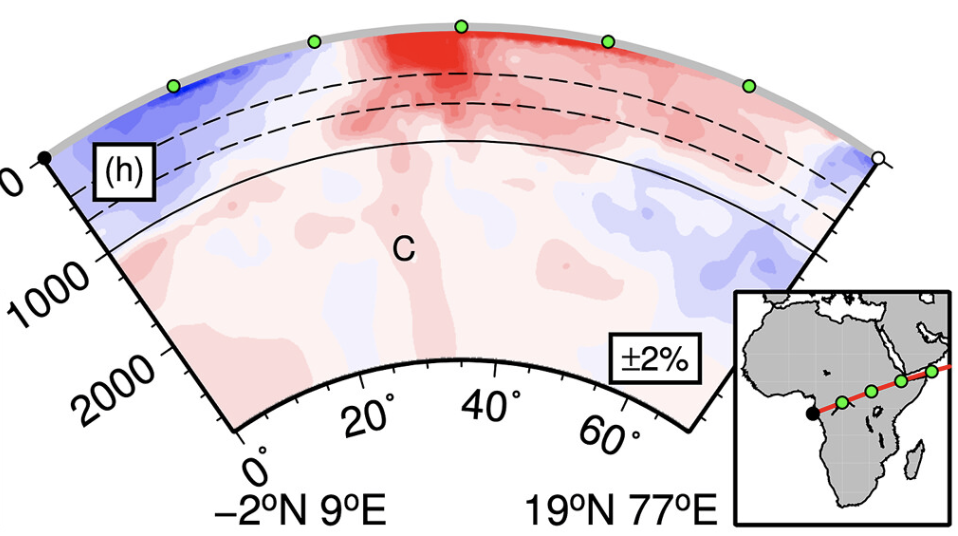
Absolute Arrival-Time Tomography
In this project, we developed P-wave tomographic models of the mantle below the entire African continent using absolute arrival-times. We used these models to explore the modification of cratonic lithosphere and the architecture of mantle plumes below East Africa.
Read More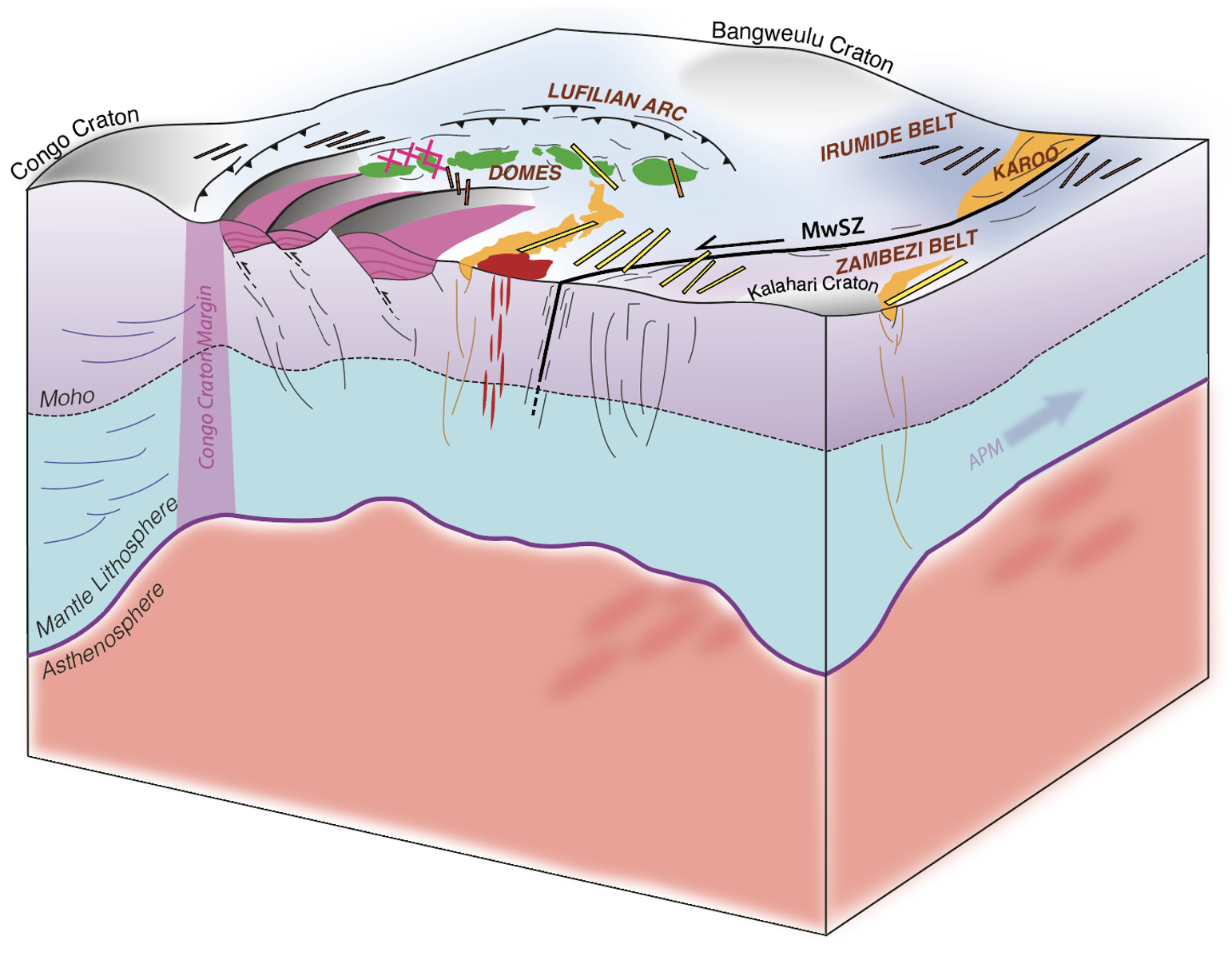
Imaging the Lithosphere Below Copper-Rich Basins
The Copper Basin Exploration Science (CuBES) project involved the deployment of a 35-station broadband seismograph netowork to investigate the tectonic development of Central Africa - a region rich in critical metal deposits (e.g., Copper, Nickel and Cobalt). Using passive seismological data recorded over an 18-month period, we image crustal and mantle structure using a variety of seismological techniques to constrain the region's tectonic evolution.
Read More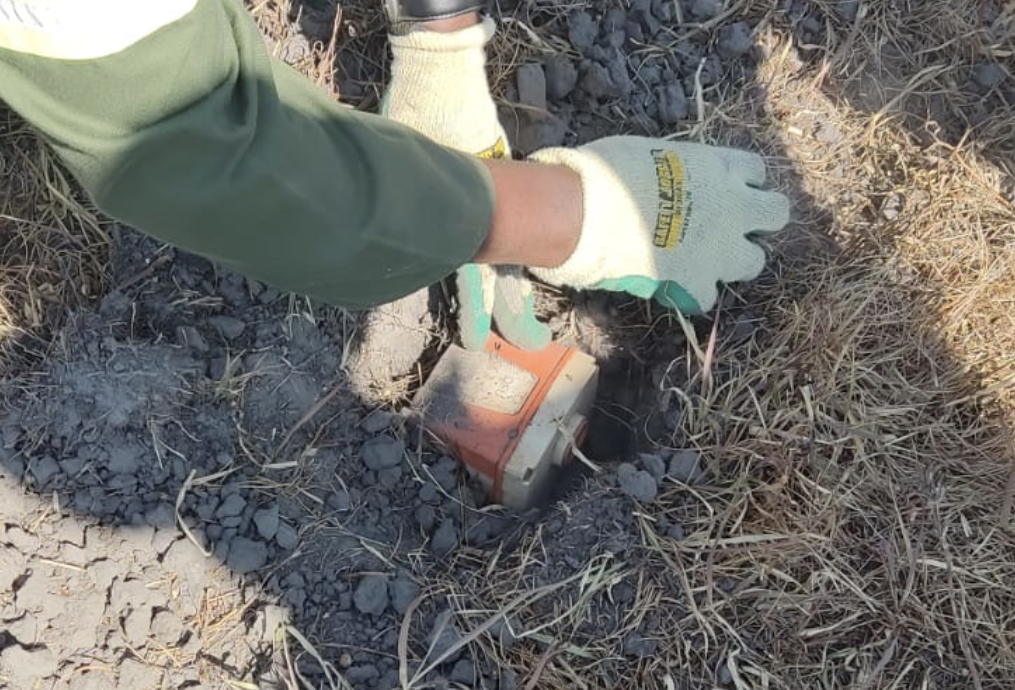
Geothermal Energy
Hydrothermal fluids often found in continental rifts have fantastic potential to provide a reliable source of geothermal power to local communities. In these regions, recordings from seismograph stations often reveal earthquake swarms that accompany rock fractures during fluid migration. Monitoring seismicity is thus proven to be a powerful tool for understanding the behaviour of geothermal systems. In one of Zambia's most promising geothermal systems, we have utilized passive seismological deployments, using novel MEMS-based seismic nodes to monitor seismicity, map permeable fracture networks, and characterize the tectonic stresses shaping the region.
Read More